Các danh mục hàng đầu

Phần cứng & phần mềm máy tính

Phụ tùng & phụ kiện thường dùng

Thiết bị thuyết trình

Sử Dụng Thiết Bị Điện Tử

Thiết bị điện tử tiêu dùng khác

Bộ sạc, Ắc quy & Nguồn điện

Điện thoại di động & Phụ kiện

Trò chơi điện tử & Phụ kiện

Thiết bị nghe, nhìn di động & Phụ kiện

Máy ảnh, Ảnh & Phụ kiện

Thiết bị nghe, nhìn gia dụng & Phụ kiện

Xuất bản phẩm điện tử

VR, AR, MR Phần Cứng Và Phần Mềm

Tai nghe nhét trong & Tai nghe chụp đầu

Loa & Phụ kiện

Đồ điện tử thông minh
About products and suppliers
Alibaba.com cung cấp các sản phẩm 17232 đúc sắt xám. Có rất nhiều đúc sắt xám lựa chọn dành cho bạn, chẳng hạn như chết đúc, công nghiệp, và các bộ phận máy. Bạn cũng có thể chọn từ thép không gỉ, hợp kim nhôm, và đúc sắt đúc sắt xám. Cũng như từ bột, vòng, và vuông đúc sắt xám.Và bất kể đúc sắt xám là màu xám, bạc, hay đen.

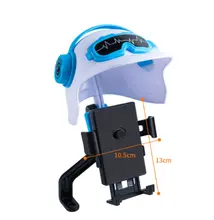
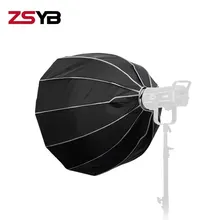




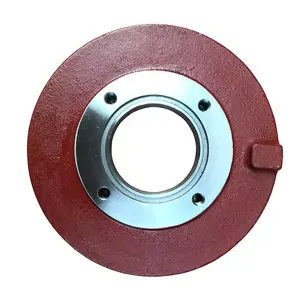






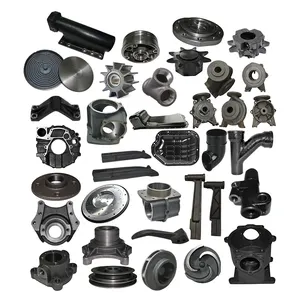

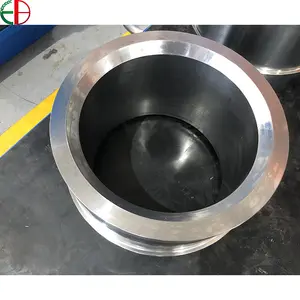








 浙公网安备 33010002000092号
浙公网安备 33010002000092号 浙B2-20120091-4
浙B2-20120091-4